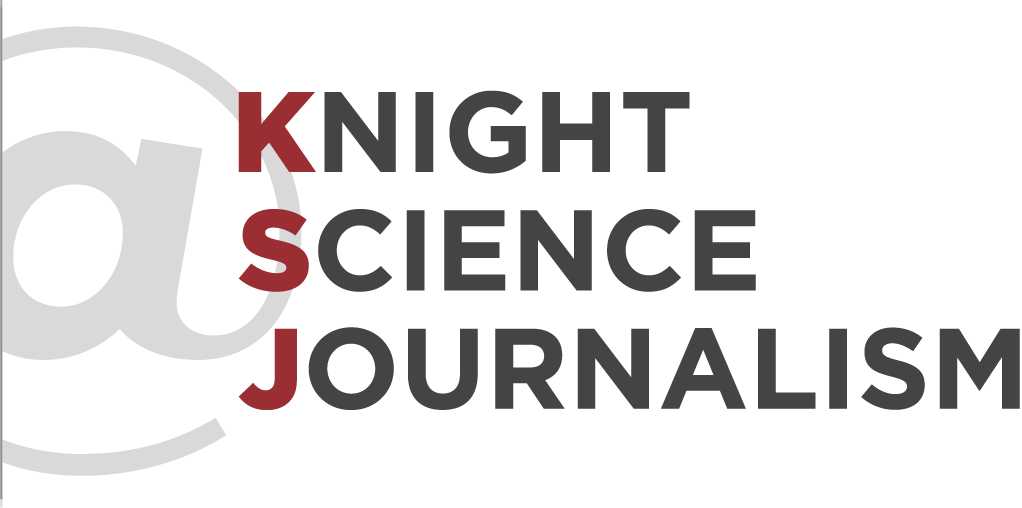It would be a big surprise if a prominent journal published a study commissioned by the dating website eHarmony showing that people who met through online dating were more miserable than those who met through friends, work, bars, etc. Funny that such results rarely appear.
In fact, this week’s PNAS had a paper on a study showing that online dating, (surprise!), allegedly leads to happier marriages. Not only was eHarmony behind the funding, but one author had been a member of the scientific advisory board and another had been the company’s director of research.
The potential conflicts of interest here were at least as interesting as the results of the study, which entailed a large survey of couples married between 2005 and 2012. Here’s how the PNAS press blub describes the result: “More than one-third of nearly 20,000 Americans surveyed in a study met their spouse online, a meeting venue that is associated with a slightly higher level of marital satisfaction and lower rate of marital breakup than traditional venues.”
But the difference was really slight – on a marital satisfaction scale from one to 10, online-connected couples rated themselves at 5.64 and others, 5.48.
Most reporters caught on to the fact that eHarmony was involved. It’s hard to imagine a better marketing ploy on the part of the company, since every disclaimer reinforced its brand.
Some played down the marginal happiness statistic and played up the claim that 1/3 of recently married couples met online.
In a story for the Los Angeles Times, Melissa Healy wrote that the study,
offers scientific evidence that husbands and wives who met online are more satisfied with their marriages than couples that met the old-fashioned way.
But her resident skeptic would seem to disagree:
UCLA social psychologist Benjamin Karney said the study appears to have been well designed and conducted. But its suggestion that match-making websites produce more successful marriages is misleading, he said.
In USA Today’s story, Sharon Jayson focused on fact that a third of the couples surveyed met online.
There’s some skeptical stuff from an outsider and an interesting defense from the lead author:
Cacioppo defends the results, and says that before he agreed to analyze the data, "I set stipulations that it would be about science and not about eHarmony." He adds that two independent statisticians from Harvard University were among co-authors.
"I had an agreement with eHarmony that I had complete control and we would publish no matter what we found and the data would be available to everyone," he says.
The Huffington Post’s version by Ashley Reich was thinner with no outside sources quoted.
The story in Nature by Regina Nuzzo had two skeptics, Eli Finkel of Northwestern University plus another one on the minuscule size of the happiness gap:
When you have a huge sample, almost everything will come up statistically significant just because of the sample size,” says statistician Giles Hooker at Cornell University in Ithaca, New York. “But it’s important to remember that these are really small effects.” The difference in marital satisfaction between the groups was “pretty small cheese in this range”, he says; although the offline group saw more break-ups, it works out as only about one more break-up per 100 marriages.


Leave a Reply